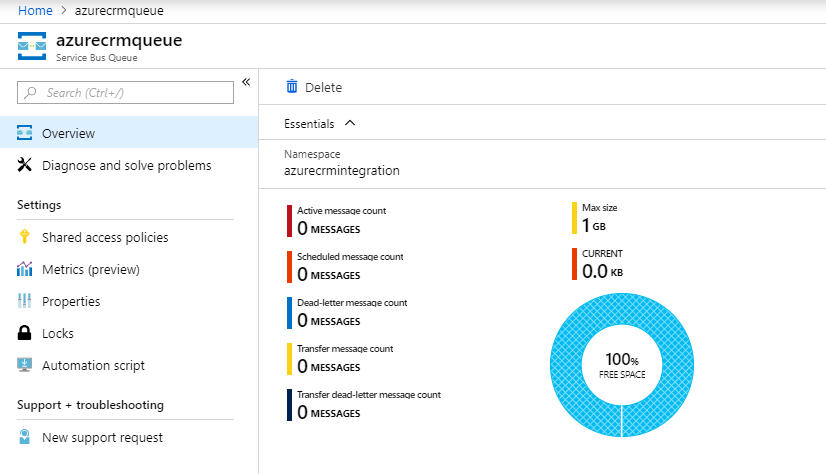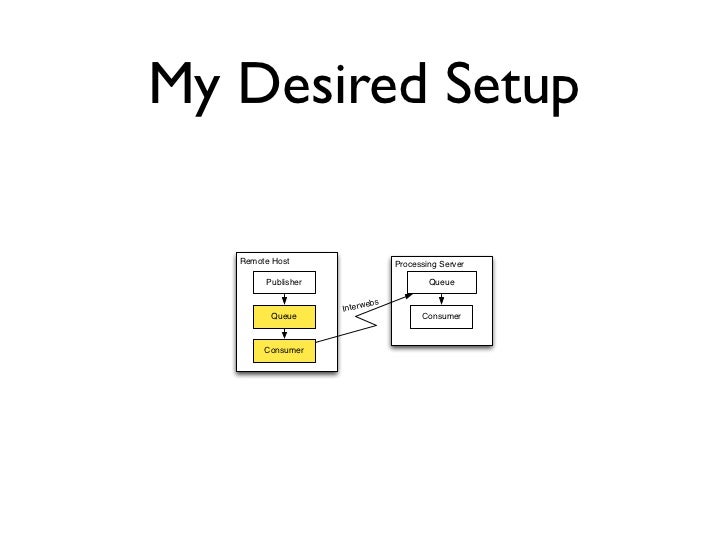

Also, the Message Queuing service had a dependency on RMCAST so if the Multicast driver was down, MSMQ would not have started anyway. At the command prompt, we could execute NET STOP RMCAST and NET START RMCAST without error. What made the troubleshooting tricky was that the multicasting driver ( RMCAST.SYS) seemed to be installed. Unable to send multicast messages in Computer Management, the outgoing queue would stay in a 'waiting to connect' state. "The queue cannot listen/bind to the multicast address 234.1.1.1:8001 (Error:273c)." 0x273C translates to 10044 - WSAESOCKTNOSUPPORT - "The support for the specified socket type does not exist in this address family." There were a couple of symptoms found in testing:Ĭannot receive multicast messages in the application event log, MSMQ generated an event 2160: Multicasting messages should now start working. Stop and Restart Message Queuing Service.Select Reliable Multicast Protocol then click OK.(The edit box will just display :\I386\INF, but this is expected.)
#Microsoft message queue tutorial how to
In this introductory blog, you will learn what Azure Service Bus is and when to use it, see examples of how to set up and use it, and find the resources you need to learn more or to try it out yourself. If Reliable Multicast Protocol is not available in the list, you may have to browse the Windows installation media, for example, under \I386\INF folder. Azure Service Bus is a message-queueing technology.A C++ distributed drawing application that sends and asynchronously receives messages containing line-drawing information.

Add the Application1 and Application2 applications to DotNetMQ as described above. These Message Queuing sample applications include the following: Name. Click the Add New Application button and enter a name for the application.


 0 kommentar(er)
0 kommentar(er)
